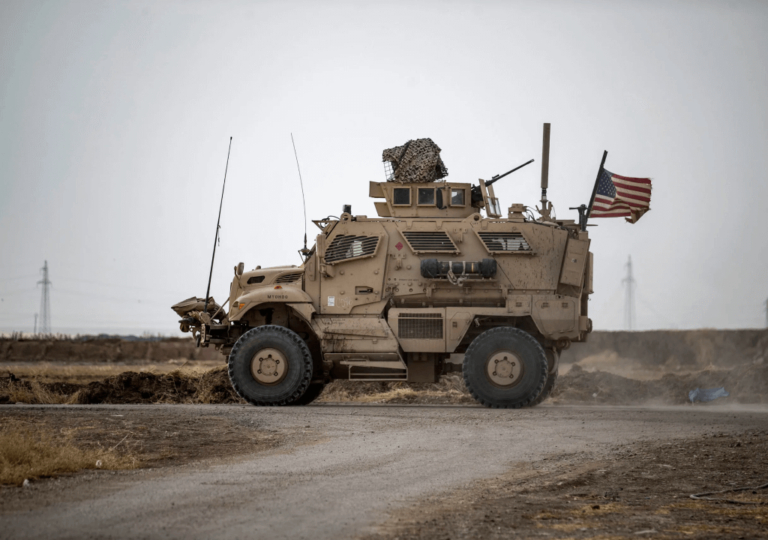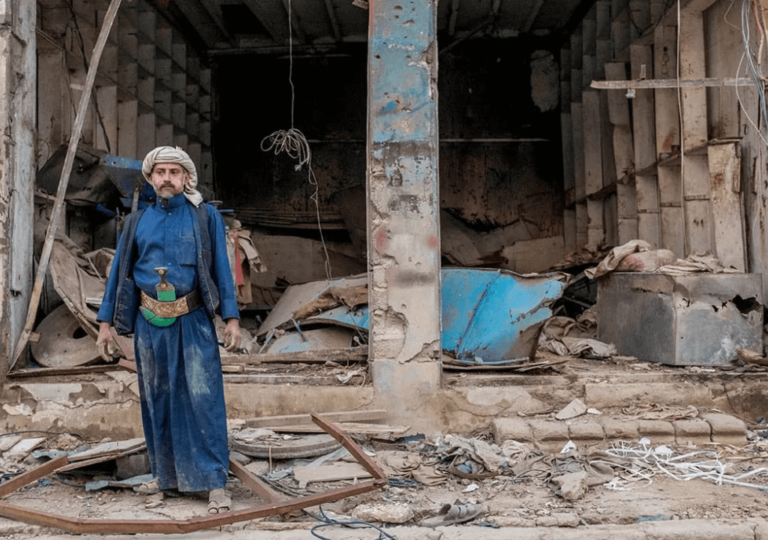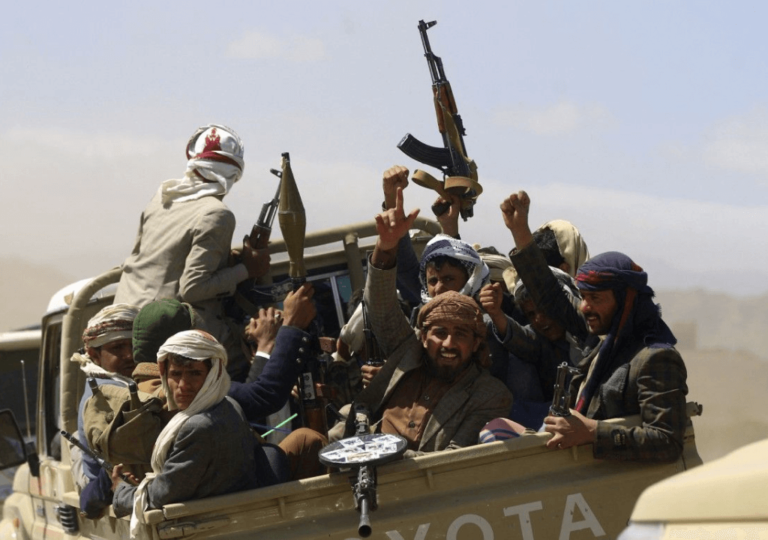The Yemen Question: Will the U.S. Ever Call It Done?

As tensions rise with Yemen, could it become the next major conflict involving the U.S.? Explore the shifting dynamics, key players, and the potential for escalation in the region.

As tensions rise with Yemen, could it become the next major conflict involving the U.S.? Explore the shifting dynamics, key players, and the potential for escalation in the region.

The Israel-Iran conflict is reshaping alliances in the Middle East, with potential resolutions in Syria and Yemen emerging

Hamas, Hezbollah, and the Houthis face collapse as Israel's military campaign targets their leadership and infrastructure

Pro-Palestinian accounts celebrate the Houthis missile strike on Israel, raising security concerns for Saudi Arabia and the region

The Houthis are designated as a terrorist organization by several countries, including the United States and Saudi Arabia.